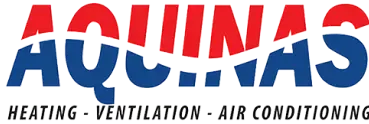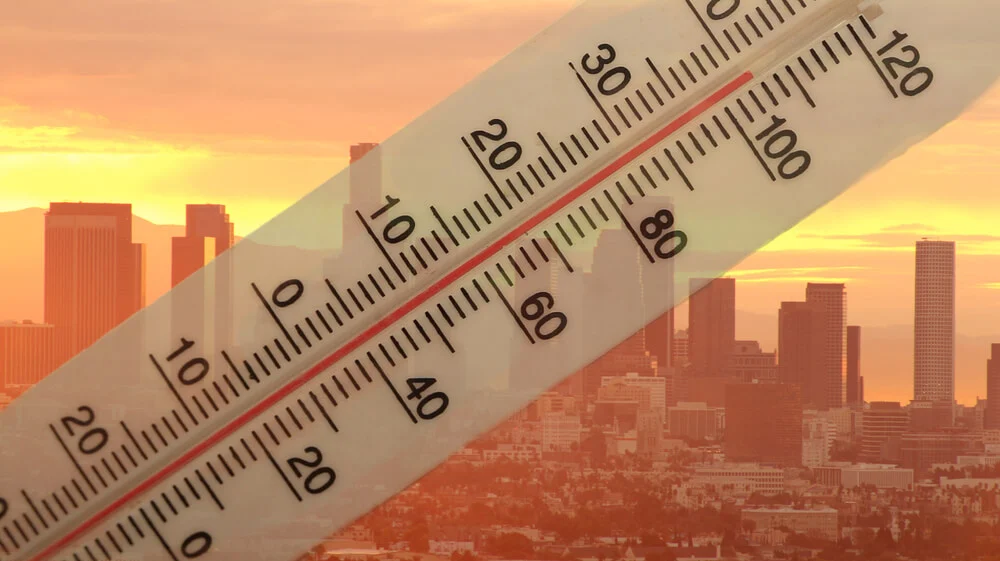Inside a Heat Emergency: Handling Commercial HVAC Repairs Fast
When your HVAC system fails in a commercial or multi-family building, every minute counts. Tenants complain, employees complain, and equipment can even be damaged. Whether you’re managing an apartment complex or an office building, knowing what to do during an HVAC emergency is critical. In this guide, we’ll walk through how emergency commercial HVAC repair works, what you can expect, and how to minimize risk before things go wrong.
What Qualifies as an HVAC Emergency in a Commercial Setting?
Commercial HVAC emergencies aren’t just inconvenient, they can impact business continuity, tenant retention, and even legal liability. Here are some situations that typically qualify:
No Cooling or Heating During Extreme Weather
California’s summers can push commercial HVAC systems to their limits. When cooling fails during a heatwave, especially in a multi-family property, it may violate local habitability standards.
🌡️ High indoor temperatures during summer, especially in poorly ventilated or upper-floor units, can lead to tenant complaints, health risks, and habitability concerns, particularly for seniors or medically vulnerable occupants.
Electrical or System Failures
Smells of burning, frequent breaker trips, or non-functioning thermostats can all signal a major issue. These aren’t just inconveniences. They’re safety concerns requiring emergency commercial HVAC repair.
Equipment Failure in High-Occupancy or Regulated Buildings
Retail spaces, medical offices, and apartment buildings rely on consistent indoor temperatures for health and safety. When HVAC fails in these environments, downtime can have regulatory consequences.
Emergency Commercial HVAC Repair: What Actually Happens
When you call a company like Aquinas HVAC for an emergency, here’s what typically unfolds:
Rapid Response Dispatch
A team is dispatched quickly, often within hours. The technician’s goal is to stabilize the system, not necessarily complete long-term repairs immediately.
🔧 Aquinas offers 24/7 response from our locations in San Diego, Santa Ana, and Santa Clara.
Initial Diagnosis and Containment
Once on-site, techs will:
- Inspect key components (compressor, blower motor, wiring)
- Check for refrigerant issues or airflow blockages
- Determine whether repairs or replacements are required
If replacement parts are needed, they’ll provide a temporary fix or bring portable solutions to maintain temperature control.
Transparent Repair Plan
A reputable provider will walk you through:
- Immediate issues and estimated repair timelines
- Risks of further delays
- Long-term recommendations (e.g., updating a 20-year-old unit)
This is also when you may be advised to upgrade if the system is near the end of its service life—especially common in duplexes and older multi-family buildings.
How to Prepare for an HVAC Emergency Before It Happens
Avoiding panic starts with planning. Here’s how property managers and business owners can stay one step ahead, so you are prepared before you need cooling services.
Invest in Preventive Maintenance
Most HVAC breakdowns are preventable. Regular inspections reduce emergency calls by catching:
- Worn belts and motors
- Refrigerant leaks
- Airflow issues due to clogged filters or ducts
If you manage multi-family buildings, be proactive. Schedule quarterly HVAC preventive maintenance or semi-annual visits with a trusted provider like Aquinas HVAC.
Document Your System Details
Keep a record of:
- Unit make, model, and age
- Warranty and maintenance logs
- Location of breakers and shutoffs
This reduces time-to-repair during a crisis and helps any HVAC provider hit the ground running.
Establish an Emergency Protocol
Create a quick-reference plan that includes:
- Whom to call (vendor list)
- How to notify tenants or employees
- Backup cooling options (e.g., portable AC units)
If your property is in a major metropolitcan area, keep an eye on region-specific utility regulations and response delays.
Why Fast Repairs Matter in Multi-Family and Office Properties
Downtime affects more than just comfort. Here’s how fast response protects your business:
Avoiding Lease Violations
California housing law requires rental units to maintain safe and habitable living conditions. Failing HVAC, especially in extreme weather, can trigger tenant complaints or code violations.
Maintaining Business Operations
Office buildings and retail tenants rely on consistent indoor conditions. HVAC failures lead to:
- Lost business hours
- Lower productivity
- Damage to computers, servers, or sensitive equipment
Protecting Property Value
Frequent breakdowns often signal older, neglected systems. If you’re not maintaining your HVAC, you’re risking both tenant retention and building valuation.
Choosing the Right Partner for Emergency Commercial HVAC Repair
Not all HVAC companies are built for emergency response in commercial environments. Here’s what to look for:
- 24/7 availability — not just during business hours
- Experience with commercial systems (RTUs, split systems, heat pumps)
- Specialization in multi-family HVAC, not just single-family homes
Aquinas HVAC checks all those boxes. With deep experience in commercial and apartment properties, they offer rapid response, honest diagnostics, and long-term reliability.
Final Thoughts: Have a Plan Before It Gets Hot
If you manage a commercial or multi-family property, it’s not if your HVAC will fail — it’s when. Emergencies are inevitable, but being unprepared doesn’t have to be.
Know your system. Partner with a provider you trust. And have a clear response protocol ready to go.
Whether you’re overseeing a duplex in San Jose, a retail suite in Orange County, or a 40-unit apartment building in San Diego, Aquinas HVAC is equipped to handle emergencies fast, reliably, and professionally.

